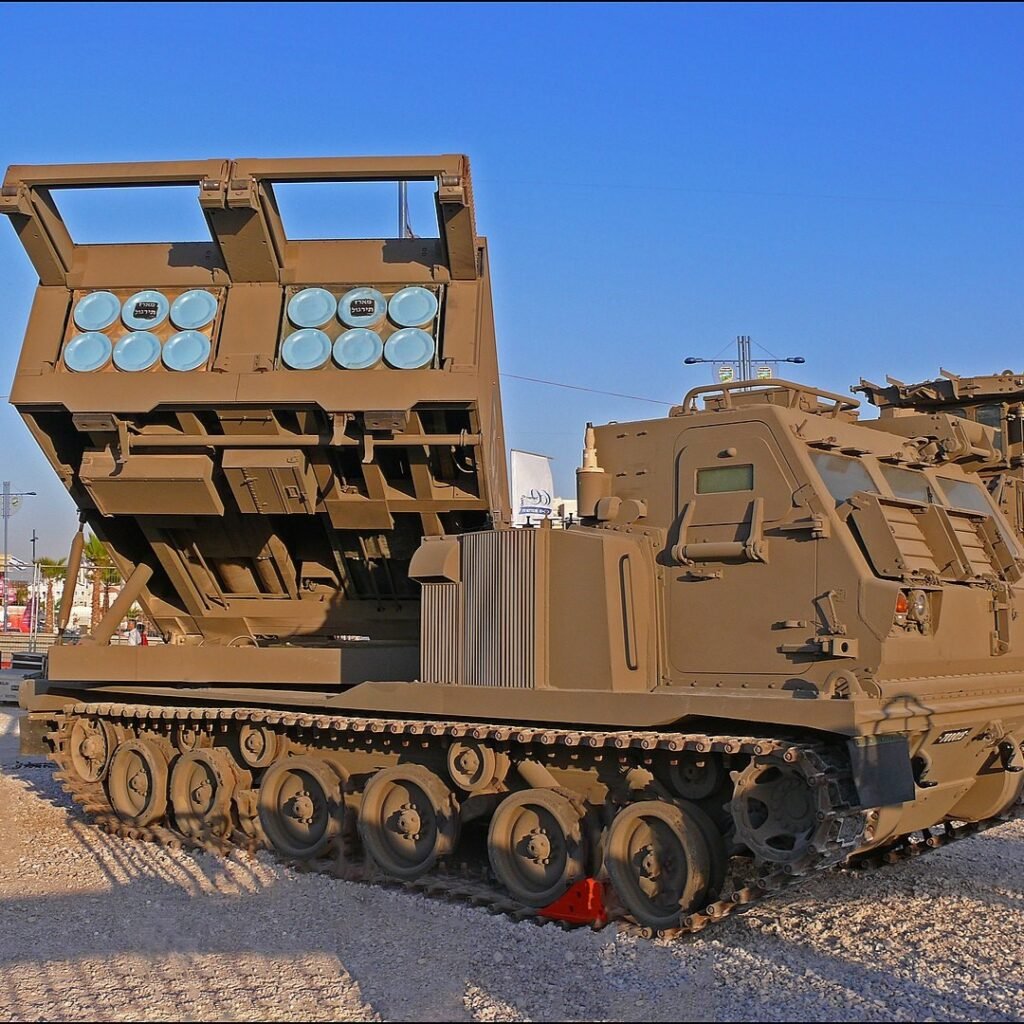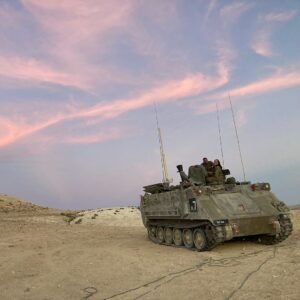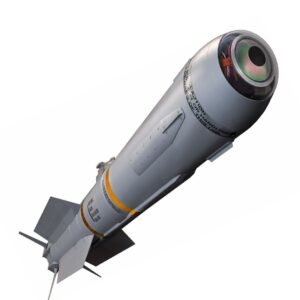Introduction of M270 Rocket Launcher
The M270 Rocket Launcher (MLRS) is developed by Lockheed Martin Missiles and Fire Control and It is part of Lockheed Martin Corporation. The M270 Multiple Launch Rocket System (MLRS) is a powerful and versatile weapon system that has been serving the United States military for decades. This surface-to-surface rocket launcher is capable of firing a wide range of rockets, including the Army Tactical Missile System (ATACMS) and the Guided Multiple Launch Rocket System (GMLRS).

The M270 is mounted on a truck or trailer and can be operated by a crew of just two. This makes it highly mobile and able to quickly respond to changing battlefield conditions. The system has a range of up to 300 kilometers, making it ideal for long-range artillery strikes.
One of the key advantages of the M270 is its flexibility. The launcher can be loaded with a variety of different rocket types, each with its own unique capabilities. For example, the ATACMS is a long-range missile that can be used to attack strategic targets deep behind enemy lines. The GMLRS, on the other hand, is a precision-guided missile that can be used to attack high-value targets with pinpoint accuracy.
The M270 has been used in a number of conflicts since it was first deployed in the early 1990s. It has proven to be a reliable and effective weapon system that is able to deliver a heavy punch to the enemy. The system is still in service with the U.S. military today and is likely to remain a key part of the U.S. arsenal for many years to come.

What are The General Characteristics of “The M270 Rocket Launcher”?
The M270 Multiple Launch Rocket System (MLRS) is a powerful and versatile weapon system that has a range of features that make it a formidable weapon on the battlefield.
- Range: The M270 has a range of up to 300 kilometers, making it ideal for long-range artillery strikes. This allows it to engage targets deep behind enemy lines, providing valuable support to ground forces.
- Flexibility: The launcher can be loaded with a variety of different rocket types, including the Army Tactical Missile System (ATACMS) and the Guided Multiple Launch Rocket System (GMLRS). This allows the M270 to be used in a wide range of missions, from attacking strategic targets to providing precise support to ground forces.
- Precision: The M270 can fire precision-guided missiles, such as the GMLRS, which allows it to attack high-value targets with pinpoint accuracy. This makes it an effective weapon for neutralizing key enemy assets, such as command and control centers and air defense systems.
- Mobility: The M270 is mounted on a truck or trailer, and can be operated by a crew of two. This makes it highly mobile and able to quickly respond to changing battlefield conditions.
- Reliability: The M270 has been used in a number of conflicts since it was first deployed in the early 1990s and has proven to be a reliable and effective weapon system.
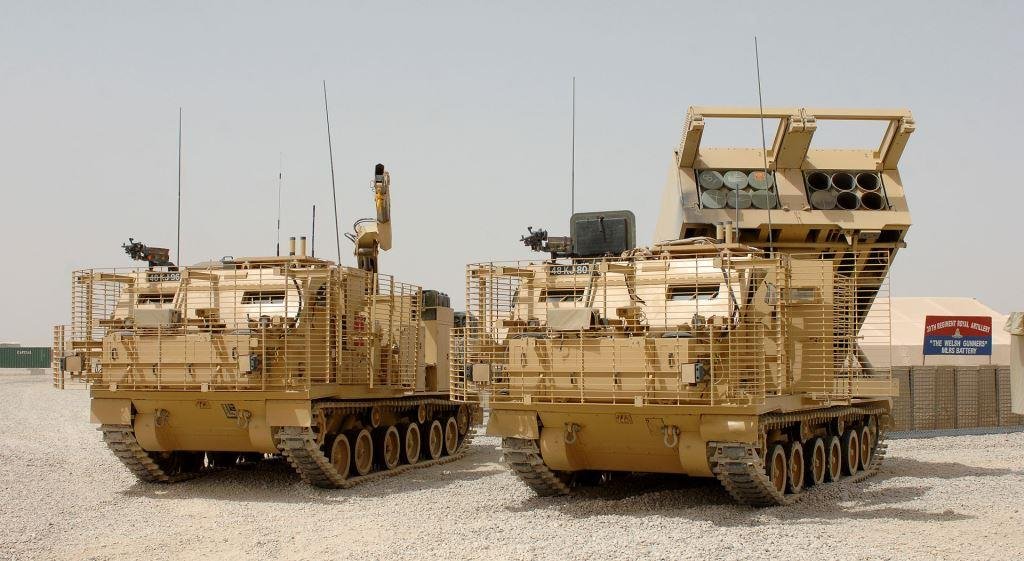
M270 Rocket Launcher Specification
The M270 Multiple Launch Rocket System (MLRS) is a powerful and versatile weapon system with a range of specifications that make it a formidable weapon on the battlefield.
- Length: The M270 launcher vehicle is approximately 12 meters long.
- Weight: The launcher vehicle weighs around 34,000 kg.
- Speed: The launcher vehicle can reach a maximum speed of 90 km/h on road and 60 km/h off-road.
- Crew: 2 Crew Member
- Range: Up to 300 kilometers.
- Rockets: The launcher can be loaded with a variety of different rockets, including the Army Tactical Missile System and the Guided Multiple Launch Rocket System.
- Reload Time: The reload time for the M270 is around 10 minutes.
- Launch Rate: The M270 can launch up to 12 rockets in a single salvo, and can fire up to 2 salvos per minute.
- Protective Measures: The launcher vehicle is equipped with NBC (nuclear, biological, and chemical) protection system and armored cab to protect the crew from small arms fire and artillery fragments.

Sensors and Avionics
The M270 Rocket Launcher (MLRS) is equipped with a variety of sensors and avionics that help to enhance its performance on the battlefield. These systems are designed to improve the launcher’s ability to locate and engage targets, as well as protect the crew from potential threats.
- Navigation: The launcher vehicle is equipped with a navigation system that provides the crew with accurate information on the launcher’s location and movement. This allows the crew to quickly respond to changing battlefield conditions and engage targets deep behind enemy lines.
- Fire Control: The M270 launcher is equipped with a fire control system that provides the crew with the information they need to accurately target and engage enemy positions. The system includes a laser rangefinder, a ballistic computer, and a fire control display.
- Communication: The launcher vehicle is equipped with a variety of communication systems that allow the crew to communicate with other units on the battlefield. This includes both line-of-sight and beyond-line-of-sight communications systems.
- Surveillance: The launcher vehicle is equipped with a surveillance system that allows the crew to monitor the battlefield and detect potential threats. This system includes both radar and electro-optical sensors.
- Self-Protection: The launcher vehicle is equipped with a self-protection system that is designed to protect the crew from potential threats. This system includes active protection measures, such as smoke grenades, and passive measures, such as armor plating.
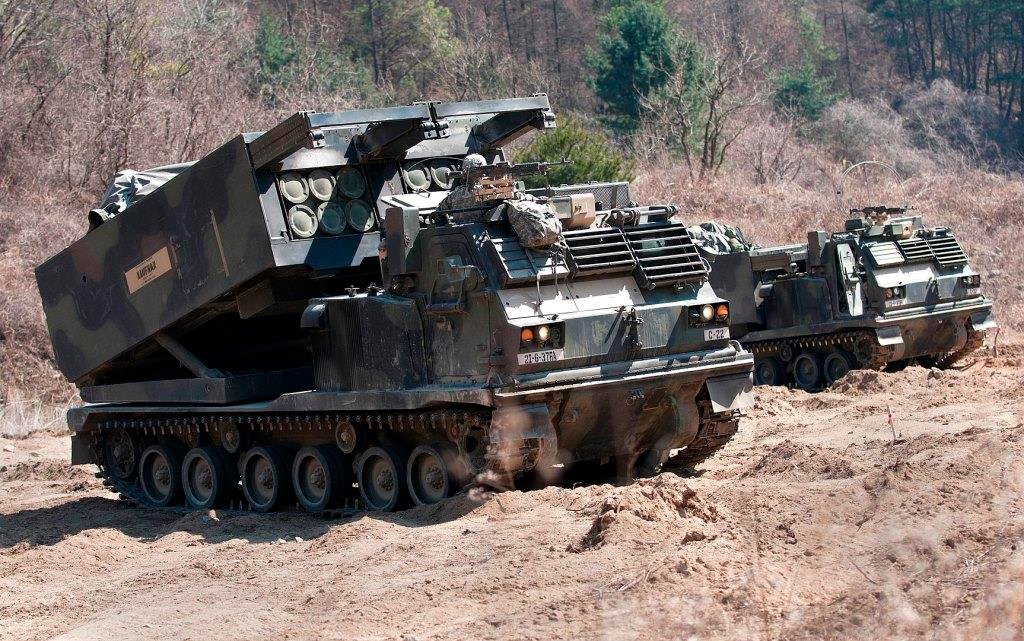
Armor
- Armor Cab: The cab of the launcher vehicle is armored to protect the crew from small arms fire and artillery fragments. The armor is designed to withstand hits from 7.62mm rounds and is also capable of deflecting shrapnel from explosions.
- NBC Protection: The launcher vehicle is equipped with an NBC (Nuclear, Biological, and Chemical) protection system that allows the crew to operate in contaminated environments. The system includes air filtration, overpressure, and chemical-biological protection.
- Mine protection: The launcher vehicle is equipped with a mine protection system, which includes a V-shaped hull that is designed to deflect the blast of a mine away from the vehicle. The V-shaped hull also provides a level of protection against improvised explosive devices (IEDs).
- Smoke grenade launchers: The launcher vehicle is equipped with smoke grenade launchers, which can be used to create a smoke screen to obscure the launcher vehicle from enemy fire and observation.
- Active Protection Systems (APS): Some of the more recent versions of the M270 are equipped with active protection systems (APS) which are designed to detect and intercept incoming anti-tank guided missiles (ATGMs) and rocket-propelled grenades (RPGs) before they can hit the launcher vehicle.
What are The Prototypes of “The M270 Rocket Launcher”?
The development of the M270 began in the 1970s and several prototypes were built and tested before the final design was accepted for production.
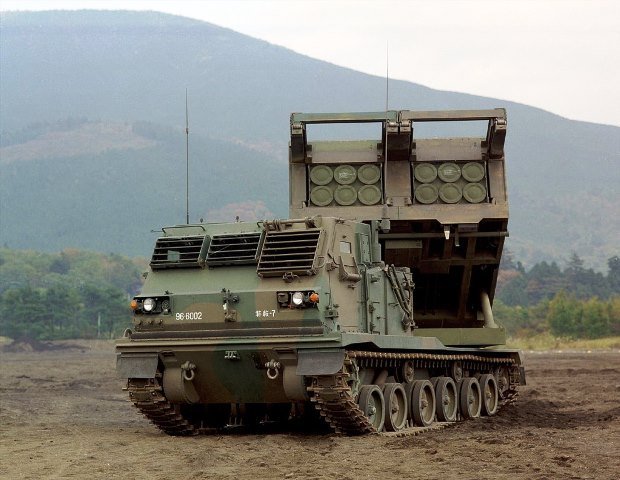
- M270A1: The first prototype of the M270, known as the M270A1, was built in the late 1970s. This prototype was equipped with a single launcher that could hold 12 missiles. The M270A1 prototype was used for testing and evaluation, and it was determined that the design needed further development.
- M270A2: The second prototype of the M270, known as the M270A2, was built in the early 1980s. The M270A2 was equipped with two launchers, each of which could hold 12 missiles. The M270A2 prototype was used to test the system’s improved guidance and navigation systems.
- M270A3: The third prototype of the M270, known as the M270A3, was built in the late 1980s. The M270A3 was equipped with two launchers, each of which could hold 12 missiles. The M270A3 prototype was used to test the system’s improved propulsion and guidance systems.
- M270A4: The fourth prototype of the M270, known as the M270A4, was built in the early 1990s. The M270A4 was equipped with two launchers, each of which could hold 12 missiles. The M270A4 prototype was used to test the system’s improved navigation, guidance, and propulsion systems.
- M270A5: The fifth and the latest version of the M270, known as the M270A5, was built in the late 2000s. The M270A5 was equipped with two launchers, each of which could hold 14 missiles. The M270A5 prototype was used to test the system’s improved navigation, guidance, propulsion, and new features such as the active protection systems (APS).
M270 Rocket Launcher vs HIMARS Missile
The M270 Multiple Launch Rocket System (MLRS) and the High Mobility Artillery Rocket System (HIMARS) are both long-range, surface-to-surface missile systems developed by Lockheed Martin. While both systems share some similarities, there are also some key differences between them.

- Mobility: One of the main differences between the M270 and HIMARS is their mobility. The M270 is a tracked vehicle, while the HIMARS is a wheeled vehicle. This means that the HIMARS is more mobile and can travel over rough terrain more easily than the M270.
- Payload: Another difference between the two systems is their payload capacity. The M270 has a larger payload capacity than the HIMARS, allowing it to carry more missiles on board. The HIMARS, on the other hand, has a smaller payload capacity but can carry a variety of different types of missiles.
- Range: The M270 and HIMARS have different ranges. The M270 has a maximum range of 300 km, while the HIMARS has a maximum range of 300 km with a single-stage rocket and 600 km with a two-stage rocket
- Cost: The HIMARS is less expensive than the M270.
- Deployment: The M270 is primarily used by the United States Army, while the HIMARS is used by the United States Marine Corps and the United States Army.
- Sensor and Avionics: The HIMARS is equipped with more advanced sensors and avionics than the M270.
What is The War History of “The M270 Rocket Launcher”?
The M270 has been used in several conflicts throughout its history, including Operation Desert Storm, Operation Iraqi Freedom, and Operation Inherent Resolve.
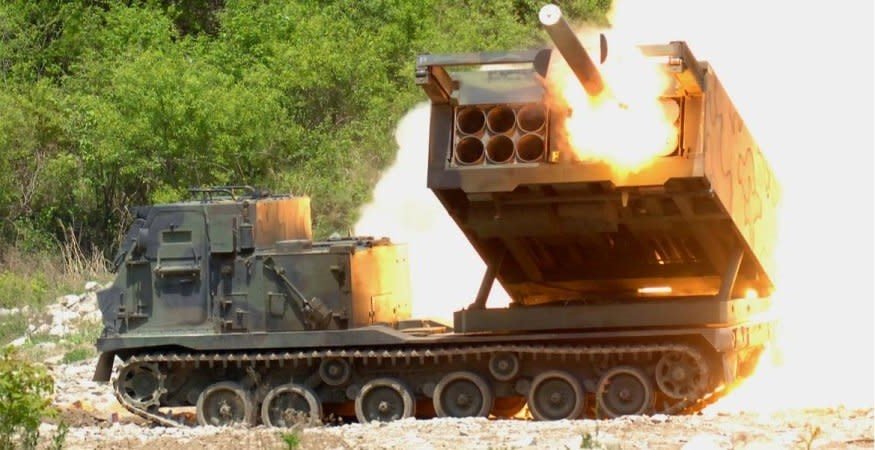
- Operation Desert Storm (1990-1991): The M270 was first used in combat during Operation Desert Storm, the coalition military operation to liberate Kuwait from Iraq. The M270 was used to deliver a large amount of firepower on Iraqi targets, and it was effective in destroying key military installations, including air defense systems and command and control centers.
- Operation Iraqi Freedom (2003-2011): The M270 was used again during Operation Iraqi Freedom, the invasion of Iraq. The M270 was effective in destroying key military installations, including air defense systems and command and control centers.
- Operation Inherent Resolve (2014-2018): The M270 was used in Operation Inherent Resolve, the military operation against ISIS in Iraq and Syria. The M270 was used to deliver a large amount of firepower on ISIS targets, and it was effective in destroying key military installations, including air defense systems and command and control centers.
- Operation Odyssey Dawn (2011): The M270 was used in Operation Odyssey Dawn, the military operation against the government of Muammar Gaddafi in Libya.
- Ukraine War:-The Ukraine army presently uses an M270 rocket launcher against the Russian Army.
Read about the next blog – NLAW Missile

